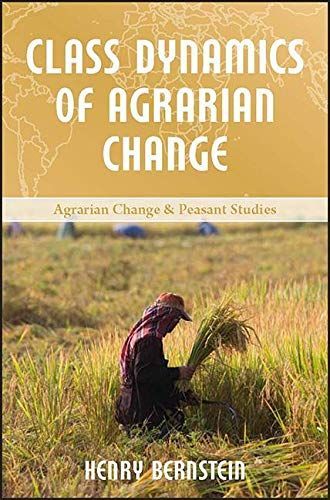
Class Dynamics of Agrarian Change
Development processes are never neutral. They impact various groups and classes of people differently. A high food price may benefit some rich peasants who produce and sell food surplus, but it may disadvantage landless rural laborers. A project on irrigation may benefit those who own the land, but not the landless tenants. Nowadays, official documents by governments and development agencies tend to lump different groups of people into vague categories like rural poor. This might be useful in some cases, but in large part this thinking can harm the poorest of the poor. Using Marx’s theory of capitalism, Class Dynamics of Agrarian Change argues that class dynamics should be the starting point of any analysis of agrarian change. It provides an accessible introduction to agrarian political economy while showing clearly how the argument for bringing class back in provides an alternative to inherited conceptions of the agrarian question. It illustrates what is at stake in different ways of thinking about class dynamics and the effects of agrarian change in today’s globalized world.